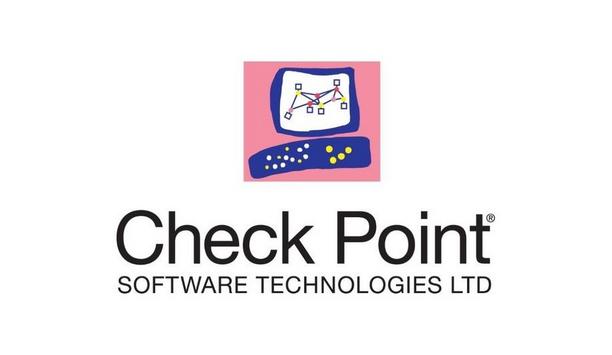The technology industry has long assumed that it would eventually get rid of the concept of implicit digital trust. With the worldwide happenings in 2020, users have all been put into a virtual time machine and are living in a projected world of “Zero Trust.”
Running back through to zero
Digital transformations became more than a vague goal in 2020 as priorities and business demands shifted radically in March 2020.
Waves of workers became partially or completely remote, and along with this change, the definition of security for many organisations also radically changed. Remote work IT capabilities changed the perimeters of traditional security, as well as its threat.
Transformed work scenario
Criminals have adapted and updated existing attack methods, exploiting user fears to ply ransomware tactics
Currently, mounting evidence shows that since this big shift, cybersecurity threats and threat vectors have increased 400% from pre-COVID times, and cybercriminals are aware that protections can fall short somewhere along the line.
Also, criminals have adapted and updated existing attack methods, exploiting user fears to ply ransomware tactics and target malware upon organisations. These emerging threats and the transformed work scenario highlight the critical need to deal with threats on a more intelligent basis.
Zero trust for zero-day threats
“Day Zero” is the day that a new and unknown threat is unleashed. In a Zero Trust world, every day is assumed to be a potential “day zero”. In that world, the IT posture is never trusting and always verifying who accesses what at every level possible.
Every digital transaction within the organisation is handled as though it was initiated by a stranger fully authenticated, authorised, and encrypted before any access can happen, with least privilege principles permeating throughout data, infrastructure, and applications. The objective of Zero Trust is not only to create hermetically sealed security but also to empower employees to work securely and efficiently, wherever they may be operating.
Zero Trust spotlight
With organisations working on this path of Zero Trust implementations, security capabilities for the organisation are increasing. The implications and benefits of Zero Trust also manifest in organisational cybersecurity strategies, where controls can shore up access strategy including:
- Network components
- Infrastructure and critical systems
- Applications
- Data
- Devices
- Identities
Both flexible and granular, Zero Trust leverages tools such as multi-factor authentication and active session-based risk detection to produce higher levels of security. Every access touchpoint is by design, whether you are an administrator, client, partner, or employee.
Zero Trust: Just in time
There is not a higher mission than future-proofing digital assets and components utilising the dynamic access controls
Zero Trust couldn’t have come along at a more critical time like a hero in a comic-book movie where new villains threaten the security posture of organisations amid a crisis.
In a world increasingly driven by rapid cloud technologies and blurred lines between the organisation and the user, there is not a higher mission than future-proofing digital assets and components utilising the dynamic access controls made possible with Zero Trust principles.
Seamless security
Zero Trust is the foundation for a future-ready security status, a future that arrived earlier than many expected and never more needed than in the current scenario.
By controlling access to specific applications, systems, and resources combined with an assumption of the continual breach, Zero Trust is positioned to enable a seamless move to greater security for all.
Discover how AI, biometrics, and analytics are transforming casino security























